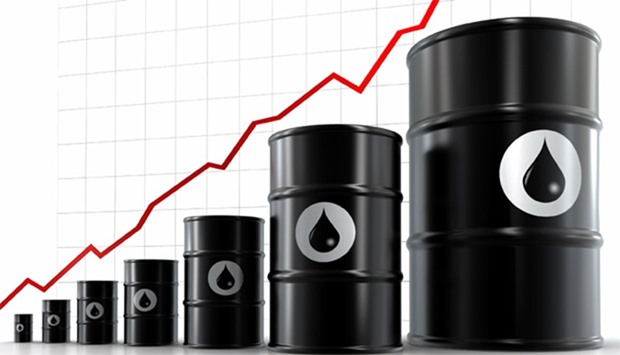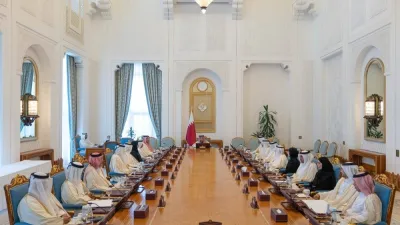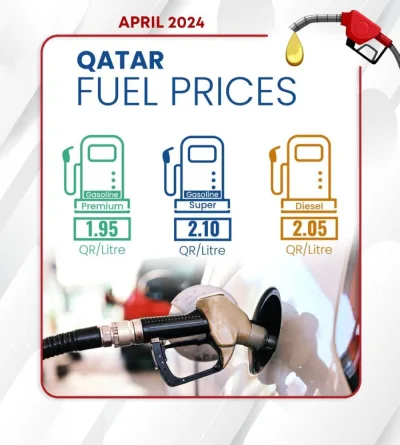Qatar's energy minister, HE the Minister of Energy and Industry Dr Mohamed bin Saleh al-Sada, confirmed that exporters from within and outside the OPEC cartel will meet April 17 in Doha, stoking hopes of an agreement to ease a global supply glut.
The initiative is backed by 15 countries accounting for about 73 percent of worldwide output, said the minister, who also serves as president of the Organization of the Petroleum Exporting Countries (OPEC).
Russian Energy Minister Alexander Novak, who supports the initiative, said Iran had indicated that it is ‘ready to participate’ in the meeting, days after Tehran had warned it would not consider any limits until it had roughly doubled production to four million barrels a day.
At around 0600 GMT, US benchmark West Texas Intermediate (WTI) for delivery in April climbed 48 cents, or 1.25 percent, to $38.94. Brent for May rose 18 cents, or 0.45 percent, to $40.51.
WTI rose 5.8 percent and Brent advanced 4.1 percent to firmly close above $40 a barrel on Wednesday.
Phillip Futures analyst Daniel Ang however doubted if the rally will last as the market remains oversupplied and it is still unclear whether the producers will reach an agreement.
‘The fundamentals for oil are still weak unless OPEC or the other major oil producers do something next month,’ he told AFP.
‘So I would think that this bullishness will find some difficulty to break higher.’
Other analysts have noted that the meeting is only to talk about a freeze and not a cut in production.
Prices have rallied from near 13-year lows touched in February after Russia and Saudi Arabia mooted a meeting to freeze output.
News of the producers' meeting overshadowed a report showing a lower-than-expected build in US commercial crude inventories.
A weaker dollar after the Fed decided against an interest rate increase on Wednesday also provided support to prices as it makes the commodity cheaper for clients using other currencies.



